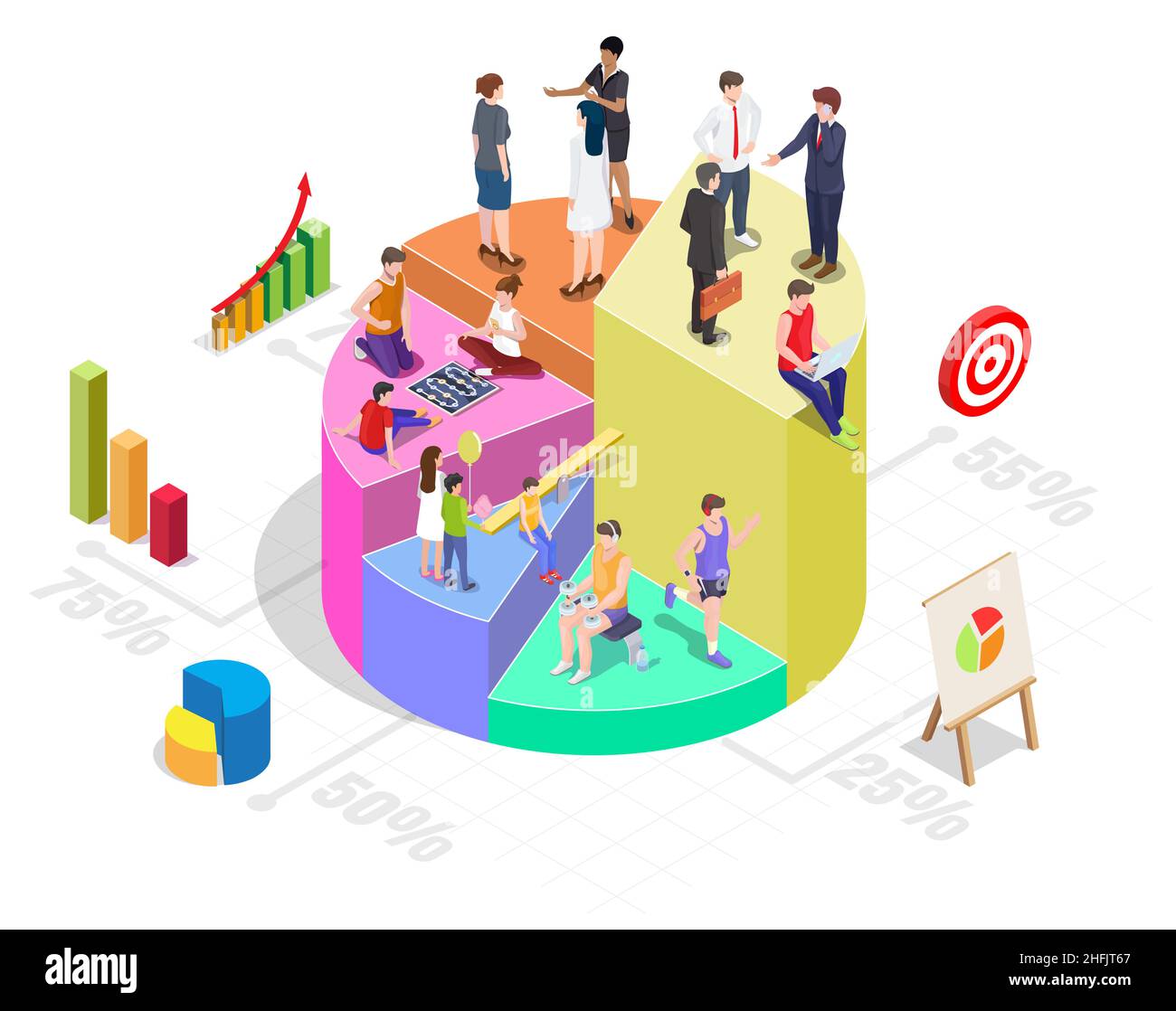Loan Mortgage Application Guide Step-by-Step Process
Unlock Your Dream Home! Easy Step-by-Step Loan Mortgage Application Guide. Get Approved Fast. Don't Miss Out!

A Comprehensive Guide to Applying for a Loan or Mortgage
Step 1: Determine Your Need
Before diving into the application process, you must first determine your specific financial needs. Different types of loans and mortgages cater to various purposes, such as buying a home, funding education, or covering emergency expenses. Understanding your needs will help you choose the right loan product with favorable terms and conditions.
Step 2: Check Your Credit Score
Your credit score plays a significant role in the loan approval process. Lenders use it to assess your creditworthiness and determine the interest rate you qualify for. Before applying, obtain a copy of your credit report from major credit bureaus like Experian, Equifax, and TransUnion. Review it for errors and take steps to improve your score if necessary. A higher credit score increases your chances of securing a loan with better terms.
Step 3: Research Lenders and Loan Types
Different lenders offer various loan products with varying interest rates, terms, and fees. Research and compare lenders, including traditional banks, credit unions, and online lenders. Consider factors like interest rates, loan amounts, repayment terms, and customer reviews. Additionally, understand the different types of loans available, such as personal loans, auto loans, home equity loans, and mortgages, and choose the one that aligns with your financial goals.
Step 4: Gather Required Documentation
Lenders will require specific documents to assess your financial stability and ability to repay the loan. Common documents include:
- Personal identification (e.g., driver's license or passport)
- Proof of income (e.g., pay stubs, W-2 forms, or tax returns)
- Bank statements
- Employment history
- List of assets and liabilities
- Proof of residence (e.g., utility bills or lease agreements)
- Documentation for collateral (if applicable)
Having these documents ready in advance will expedite the application process and demonstrate your preparedness to the lender.
Step 5: Prequalification vs. Preapproval
Before submitting a formal application, some lenders offer prequalification or preapproval processes. Prequalification involves a basic assessment of your financial situation and provides an estimate of how much you may be eligible to borrow. Preapproval, on the other hand, is a more comprehensive evaluation that results in a conditional loan offer. While neither guarantees final approval, preapproval can give you a stronger position when negotiating terms and searching for properties.
Step 6: Complete the Application
Once you've chosen a lender and gathered your documents, it's time to complete the loan or mortgage application. This typically involves filling out an online or paper application form provided by the lender. Be accurate and thorough when providing information about your income, expenses, and financial history. Any discrepancies or inaccuracies can delay the approval process.
Step 7: Underwriting and Verification
After submitting your application, the lender's underwriting team will review your financial information. They will verify your credit history, income, employment status, and other relevant details. If you're applying for a mortgage, the property you intend to purchase will also undergo an appraisal to determine its value. The lender will then assess your loan application based on their lending criteria and guidelines.
Step 8: Loan Approval or Denial
Upon completing the underwriting process, the lender will make a decision regarding your loan application. If approved, they will provide you with a loan offer that outlines the terms and conditions, including the interest rate, loan amount, and repayment schedule. Review these terms carefully and, if acceptable, sign the loan agreement.
If your application is denied, the lender is required to provide a written explanation detailing the reasons for the denial. Common reasons for denial include insufficient income, poor credit history, and a high debt-to-income ratio. In such cases, consider addressing the issues that led to the denial and reapplying when your financial situation improves.
Step 9: Closing and Disbursement
For mortgages and some other types of loans, there will be a closing process. This involves finalizing the loan agreement, signing legal documents, and transferring ownership of the property (in the case of a mortgage). You may need to pay closing costs, which can include fees for title searches, appraisals, and attorney services.
Once the closing is complete, the lender will disburse the loan funds. For mortgages, this typically involves paying the seller and any other parties involved in the transaction. For other loans, the funds are deposited directly into your bank account.
Step 10: Repayment
After receiving the loan funds, it's essential to adhere to the repayment schedule outlined in your loan agreement. Make payments on time to maintain a positive credit history and avoid late fees and penalties. Many lenders offer automatic payment options, which can help ensure timely payments.
Applying for a loan or mortgage may seem overwhelming, but breaking the process down into manageable steps can make it more straightforward. By understanding your financial needs, improving your credit score, researching lenders, gathering the necessary documentation, and following the application process diligently, you can increase your chances of loan approval. Remember that each lender may have its own specific requirements and criteria, so it's crucial to be well-prepared and stay organized throughout the process. Ultimately, securing a loan or mortgage can help you achieve your financial goals and milestones while contributing positively to your overall financial well-being.
What's Your Reaction?
















